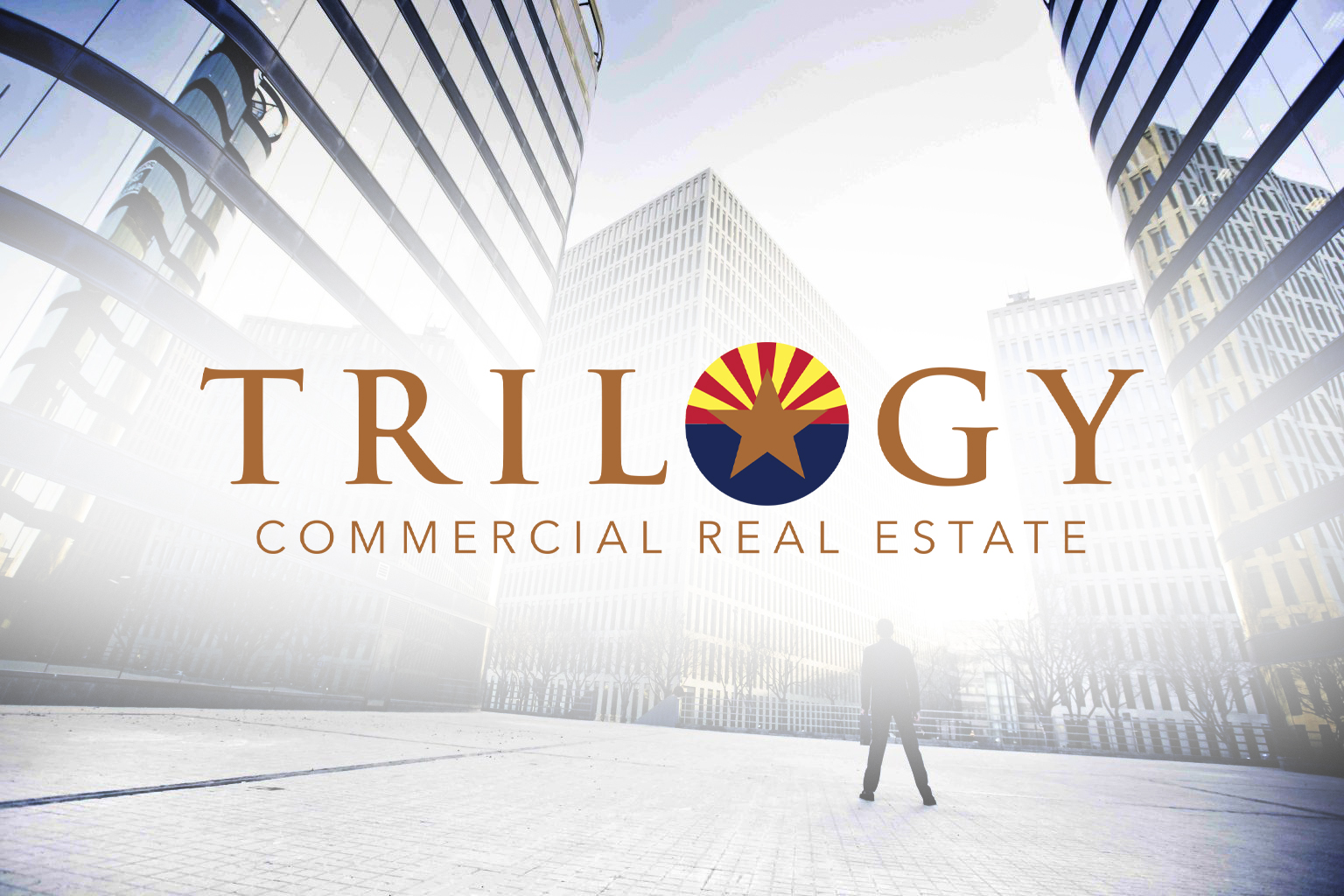Choosing the right office space for your business is crucial. The right environment can boost productivity, foster creativity, and improve overall job satisfaction. In today’s commercial real estate market, two popular options are managed office spaces and coworking spaces. Two modern alternatives to traditional offices spaces and office leases.
Managed Office Spaces vs. Coworking Spaces
Managed Office Spaces
Managed office solutions, like those offered by The Instant Group, provide a comprehensive, all-inclusive approach to securing and setting up office spaces making it easier for businesses and teams to get to work faster in perfectly curated workspaces.
Managed office providers handle everything from finding a suitable location, outfitting the space to meet client needs, and managing all aspects of the office delivery. This approach is ideal for businesses looking for a tailored workspace without the hassle of dealing with logistics and setup.
Coworking Spaces
Coworking spaces are shared environments where individuals from different companies work side by side. These spaces often offer flexible membership plans, allowing businesses to scale up or down as needed. Coworking is known for fostering collaboration and networking among diverse professionals. It’s perfect for startups, freelancers, and remote teams looking for a vibrant and flexible work environment.
How to Evaluate: Managed vs. Coworking
When deciding between managed office spaces and coworking, consider the following factors:
1. Size and Nature of Your Team
Managed: Ideal for medium to large teams requiring dedicated, branded spaces.
Coworking: Best for small teams, startups, or individual freelancers.
2. Level of Customization Needed
Managed: High customization potential. Offices, team spaces, meeting rooms, kitchen and dining areas, and more are designed and outfitted to meet your specific needs.
Coworking: Limited customization. Spaces are shared and more standardized.
3. Budget Considerations
Managed: Often requires a larger investment but offers all-inclusive services to deliver customized spaces.
Coworking: Generally more cost-effective with flexible pricing plans and the ability to scale up or down.
4. Duration of Stay
Managed: Suitable for businesses that are ready to embrace larger leases and longer commitments.
Coworking: Great for short-term needs or month-to-month flexibility.
5. Community and Networking
Managed: Less focus on external community, more focused internal collaboration within a dedicated space.
Coworking: Strong emphasis on community, collaboration, and networking opportunities.
Benefits of modern office solutions.
Both coworking spaces and managed office solutions offer distinct benefits compared to the office spaces of the past.
Benefits of Managed Office Spaces:
One of the primary advantages of managed office spaces is the tailored solutions they offer. Managed spaces are designed to reflect your brand and cater specifically to your business needs. This level of customization ensures that the office environment aligns perfectly with your company’s identity and operational requirements. Moreover, the hassle-free experience provided by managed office solutions is invaluable. Providers like The Instant Group take care of everything from locating the perfect space to outfitting it with the necessary furnishings and technology, allowing you to focus solely on running your business.
Having a dedicated space is another significant benefit of managed offices. Unlike coworking spaces, managed offices provide privacy and focus, which can be crucial for teams that handle sensitive information or require a quiet environment to be productive. Additionally, managed spaces offer scalability options. As your business grows, the office space can be expanded or modified to accommodate the changing needs, providing a seamless transition without the disruption of moving to a new location.
Benefits of Coworking Spaces:
Coworking spaces, on the other hand, are renowned for their flexibility. These spaces offer various membership plans that allow businesses to scale their usage up or down depending on their current needs. This flexibility is particularly beneficial for startups, freelancers, and remote teams that may not have a stable size or fixed office requirements. Coworking spaces are also more cost-effective compared to managed offices. Businesses only pay for what they use, making it an economical choice for those who need professional space without the high overhead costs associated with traditional offices.
Networking opportunities are another key benefit of coworking spaces. These environments are designed to foster interaction and collaboration among diverse professionals, providing ample chances to connect, share ideas, and even form partnerships. The vibrant atmosphere of a coworking space can also be a significant advantage. The dynamic and energetic vibe often found in these environments can boost creativity and motivation, making them an excellent choice for teams that thrive in a lively and collaborative setting.
Making the Decision
To determine which option is best for your business, evaluate your team’s specific needs, budget, and work style. If you need a highly customized, private space with comprehensive management, a managed office space might be the perfect fit. On the other hand, if flexibility, cost-effectiveness, and networking opportunities are your top priorities, a coworking space could be the ideal choice.
Choosing the right workspace can significantly impact your business’s success. Consider your unique requirements and explore both managed and coworking options to find the perfect fit for your team.
—
OfficeSpace.com is a part of The Instant Group – Together, we’re rethinking workspace. Get started and search thousands of office listings across every U.S. market for free. Find your perfect space today on OfficeSpace.com.
Connect with The Instant Group for more information on managed office solutions or explore various coworking spaces to find the perfect environment for your business.










